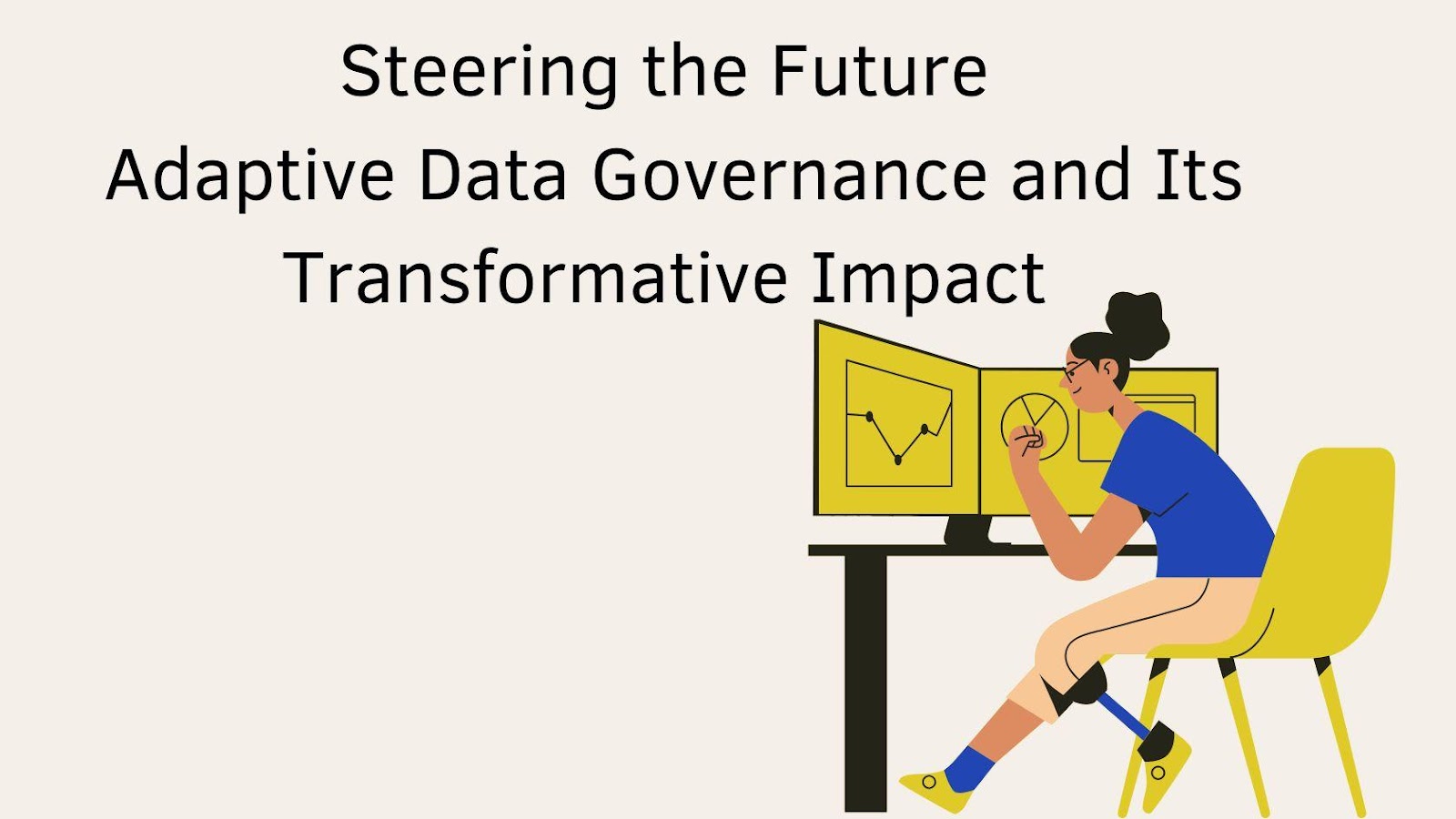In today’s fast-paced technological landscape, innovation fuels progress and transformation. As a recognized authority in data systems and governance, Prem Kumar Tamanam introduces a pioneering approach to adaptive data governance, redefining how organizations manage and utilize data. Through insightful analysis, he emphasizes the urgency of adopting forward-thinking solutions that go beyond outdated practices. By addressing complex modern challenges, his work paves the way for more efficient, secure, and dynamic data management strategies.
The Shift to Adaptability
The digital era has revolutionized how data flows through interconnected systems, generating immense volumes of information at unprecedented speeds. Traditional governance models, often inflexible and static, fall short of effectively managing this dynamic environment. Adaptive data governance addresses this challenge by introducing frameworks that are both flexible and responsive, enabling organizations to adapt seamlessly to rapid changes. These frameworks evolve in real-time, accounting for shifting regulatory requirements, technological advancements, and user demands. By bridging the gap between rigid rules and dynamic operational needs, adaptive data governance ensures organizations can manage data efficiently while maintaining compliance and fostering innovation in a fast-paced world.
Integration of Advanced Technologies
Central to adaptive governance is the incorporation of advanced technologies such as artificial intelligence and machine learning. These tools empower organizations to analyze data streams in real-time, detect anomalies, and enforce policies without human intervention.
For instance, machine learning algorithms can predict potential compliance risks based on historical patterns, enabling proactive adjustments to governance strategies. This integration reduces manual overhead, enhances accuracy, and ensures swift responses to emerging threats or opportunities.
Enhancing User-Centric Approaches
Data governance is no longer just about securing systems; it’s about empowering users. Adaptive governance frameworks prioritize user-centric approaches by providing customizable access controls, personalized data dashboards, and real-time updates.
These user-focused enhancements foster trust and transparency, as individuals gain more visibility and control over their data. This alignment with user expectations also supports regulatory compliance by meeting the growing demand for data privacy and ethical handling practices.
The Role of Automation
Automation is another key pillar of adaptive governance. By automating routine tasks such as policy enforcement, data classification, and compliance reporting, organizations can redirect resources to more strategic initiatives.
Moreover, automation minimizes the risk of human error, ensuring consistent application of governance standards across all data touchpoints. This capability is especially critical in industries with stringent compliance requirements, where deviations can result in significant penalties or reputational damage.
Collaboration Across Ecosystems
Adaptive governance prioritizes collaboration across interconnected data ecosystems, recognizing that organizations increasingly operate within a web of partnerships and shared platforms. This approach shifts governance from isolated silos to a unified framework where shared responsibilities are clearly defined. Standardized protocols and mutual accountability become cornerstones, ensuring data is managed securely and consistently across organizational boundaries. By fostering cooperation and trust, adaptive governance enables seamless data exchange, driving innovation without compromising security or compliance. This collaborative model empowers organizations to navigate complex regulatory landscapes while leveraging the collective strength of their ecosystems, ensuring resilience and adaptability in a rapidly evolving digital world.
Preparing for Future Challenges
The future of data governance depends on its capacity to anticipate challenges and adapt swiftly to emerging needs. Predictive analytics and scenario modeling play a pivotal role in achieving this foresight by enabling organizations to simulate diverse scenarios, uncover potential vulnerabilities, and refine governance strategies proactively. This forward-looking approach minimizes risks, enhances compliance, and ensures resilience in a constantly evolving digital landscape. By embracing adaptive governance, organizations gain a competitive edge, transforming governance from a reactive necessity into a strategic advantage. It empowers them to innovate confidently while safeguarding data integrity, positioning themselves as agile leaders in their respective fields.
In conclusion, Prem Kumar Tamanam’s work on adaptive data governance offers a visionary framework for tackling the complexities of today’s digital landscape. By leveraging advanced technologies, emphasizing user-centric approaches, and encouraging collaboration, this innovative model overcomes the shortcomings of traditional governance systems. As data generation and reliance grow at an unprecedented pace, adaptive governance becomes essential for secure, compliant, and effective data management, inspiring organizations to prioritize adaptability in their strategies.



































